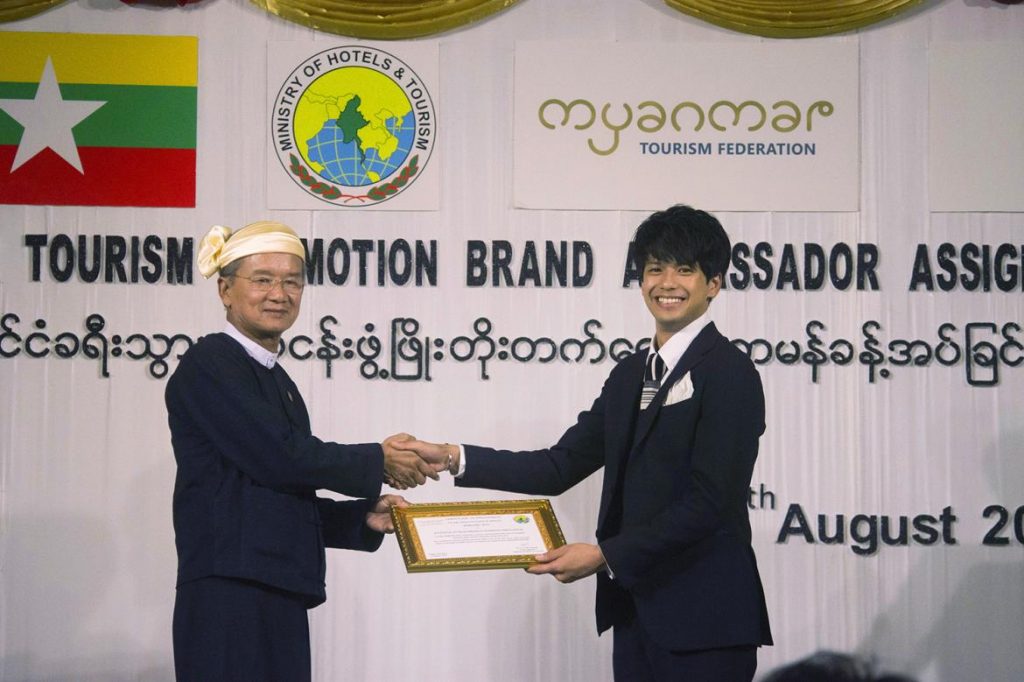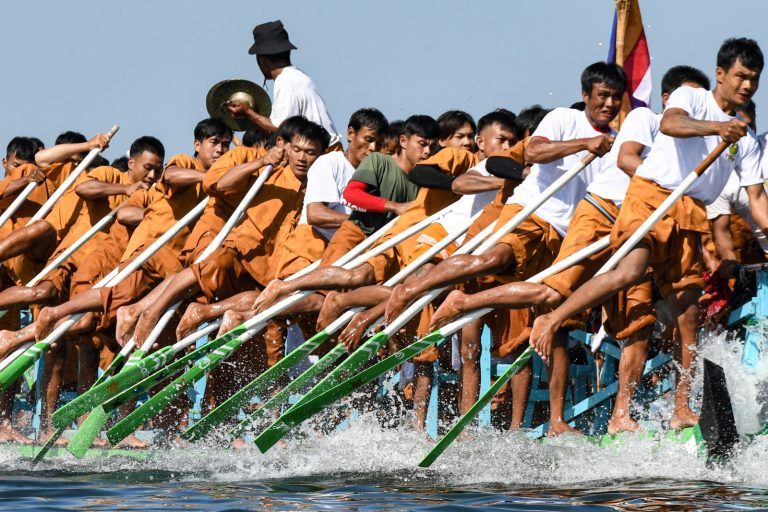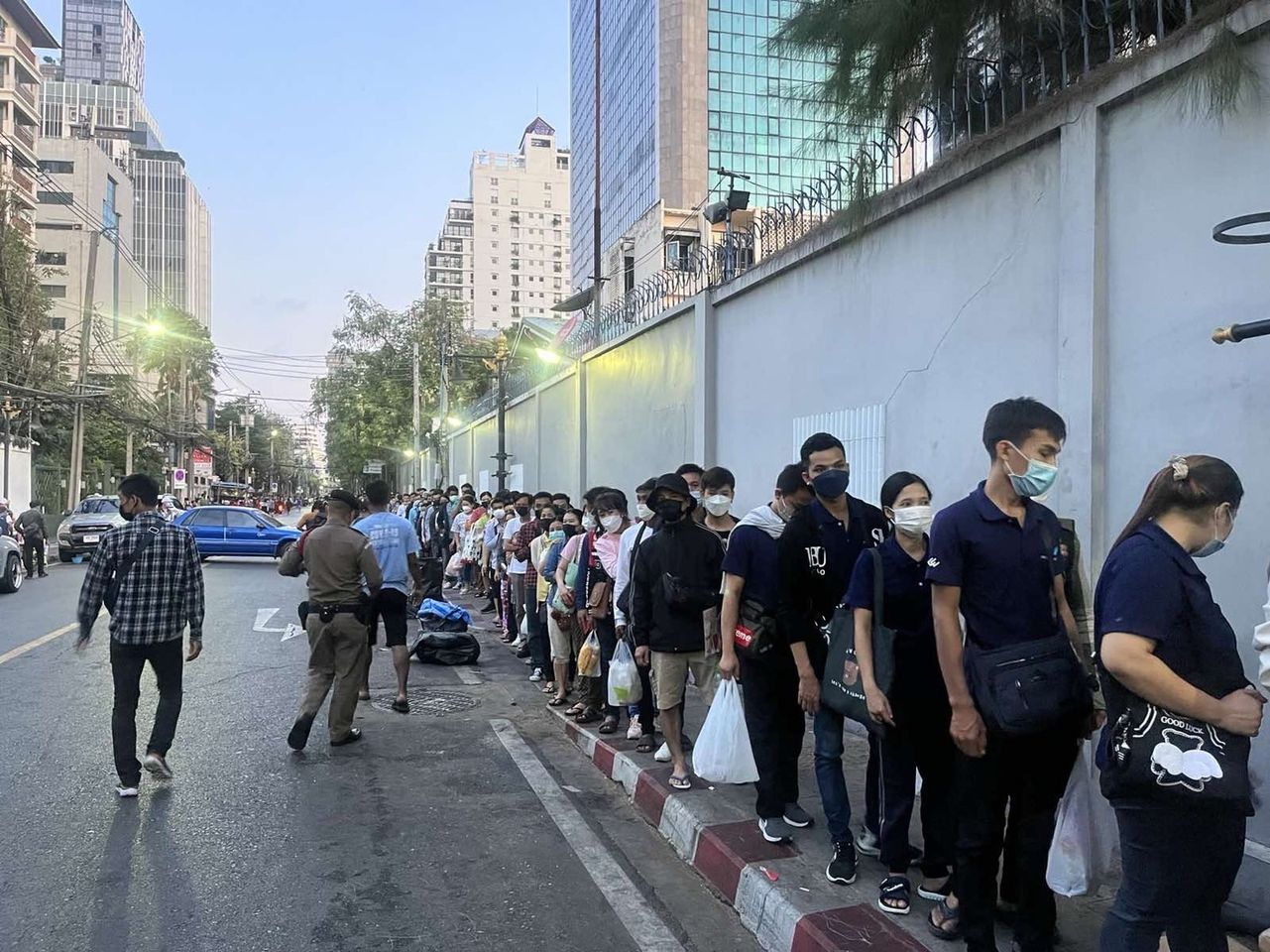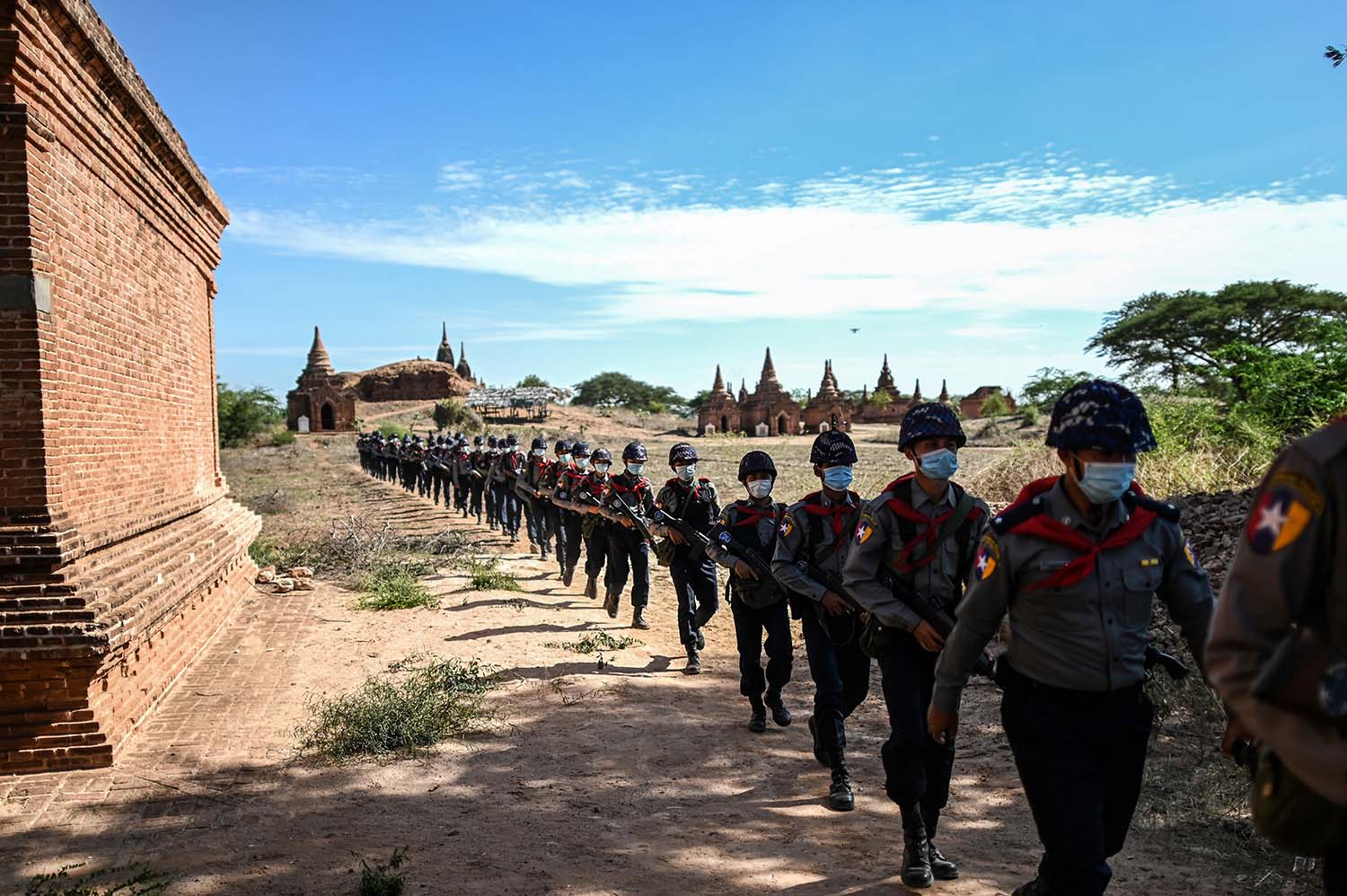The government has rolled out incentives for Asian tourists, but industry insiders say more could be done to woo back westerners.
By YE MON | FRONTIER
TOURISM IN Myanmar boomed after political reforms were launched in 2011, but against the backdrop of the crisis in Rakhine State, recent tourism statistics have spelled trouble for an industry currently angled towards big-spending, longer-staying tourists from Europe and North America, and have prompted a move towards the Asian market.
The Ministry of Hotels and Tourism says that – minus the 1,039,949 doing border hops without visas – 682,100 tourists visited in the first six months of 2018, a rise of 2 percent from the same period a year before. However, North American visitors had dropped by 15 percent, to 40,233, and visitors from Western Europe by 26 percent, to 93,138.
A 13 percent rise in visitors from elsewhere in Asia, to 513,072—aided largely by a 36 bump in Chinese visitors, to 133,697, and an 18 percent bump in Thai visitors, to 153,814—compensated for the drop in western travellers. But this would not necessarily have made up for the lost income, since Asian travellers tend to take shorter, cheaper trips.
Though numbers increased slightly between 2016 and 2017, tourism income fell by 10 percent, according to the ministry, coinciding with a similar dip in western visitors and rise in Asian arrivals.
Targeting Asia
Support more independent journalism like this. Sign up to be a Frontier member.
In a campaign to attract more Asian tourists, the government is making it easier for Japanese, South Koreans and Chinese, including citizens of Hong Kong and Macau, to visit. Visa-free travel for Japanese and South Koreans, and visas-on-arrival costing US$50 for Chinese who enter through Yangon, Mandalay or Nay Pyi Taw airports, will take effect on October 1 for a one-year trial. Chinese nationals previously needed to apply for visas in advance.
The new visa rules were approved in late July by the Central Committee for National Tourism Development headed by Vice President U Henry Van Thio. A move by the Ministry of Labour, Population and Immigration to require Japanese and South Korean visitors to have $1,000 in cash on arrival was scrapped following criticism from the tourism industry.
Myanmar Tourism Federation chairman U Yan Win said the industry needed to switch its marketing focus to Asia because Myanmar’s image in western countries had been spoiled by the Rakhine crisis.
“The number of Chinese tourists has been rising and the introduction of visas-on-arrival will contribute to a further increase,” Yan Win told Frontier.
Income would not ultimately be affected by the fall in arrivals from Europe and other western countries because Chinese tourists were the world’s top spenders, he said.
However, U Kyaw Swar Min, a former general-secretary of Myanmar Tourism Marketing, said Chinese tourists avoided costly accommodation and preferred to spend their money shopping for items including jade.
“The Chinese are not interested in heritage sites; they are only interested in entertainment and their mentality is not the same as Europeans,” said Kyaw Swar Min, who is managing director of Grand Lotus Tours and Travel.
Hotels and Tourism Minister U Ohn Maung said he hoped the appointment of Yangon-born Japanese singer and actor Win Morisaki, 28, to promote Myanmar as a travel destination would help to boost the number of visitors from Japan to 200,000 a year. In the first six months of 2018, only 48,745 visited, a slight decline from the year before.
Win Morisaki, formerly Win Kyaw Oo, was born in Yangon and moved to Japan when he was 10 to join his parents who worked there. The Myanmar Tourism Federation named him a brand ambassador in a ceremony in Yangon on August 18.
“I will do my best for the Myanmar tourism industry and I believe the number of Japanese tourists will increase,” said Morisaki Win.
Ohn Maung said there were also plans to appoint brand ambassadors for China and South Korea.
The European market
The move to attract more visitors from China, Japan and South Korea has prompted the tourism industry to push for the government to also allow visa-free entry for Europeans and other westerners.
Yan Win said the Myanmar Tourism Federation had put the proposal to the Central Committee for National Tourism Development and he was hopeful it would be implemented.
The tourism industry could only benefit if travellers from more countries were granted visa-free entry, he said.
Ohn Maung said the ministry was planning promotions later this year in Spain, Italy, Britain and Germany, as well as in Scandinavian countries.
He said tourism promotion accounted for most of the ministry’s K1.1 billion budget allocation. However, negotiations between the ministry and satellite broadcaster CNN on a tourism promotion project had been discontinued, he said.
A criticism often levelled against the tourism industry in Myanmar is the cost of accommodation, especially when compared with rates in neighbouring Thailand, one of the world’s most popular destinations.
Myo Win from the Myanmar Hoteliers Association said, “It’s true, Myanmar hotels are expensive. Tourists have to consider their budget and if a country is too expensive, they won’t go there.”







